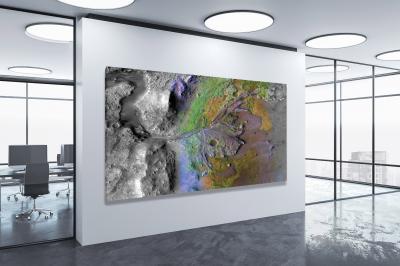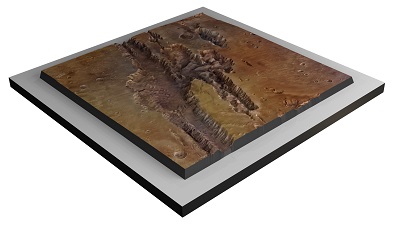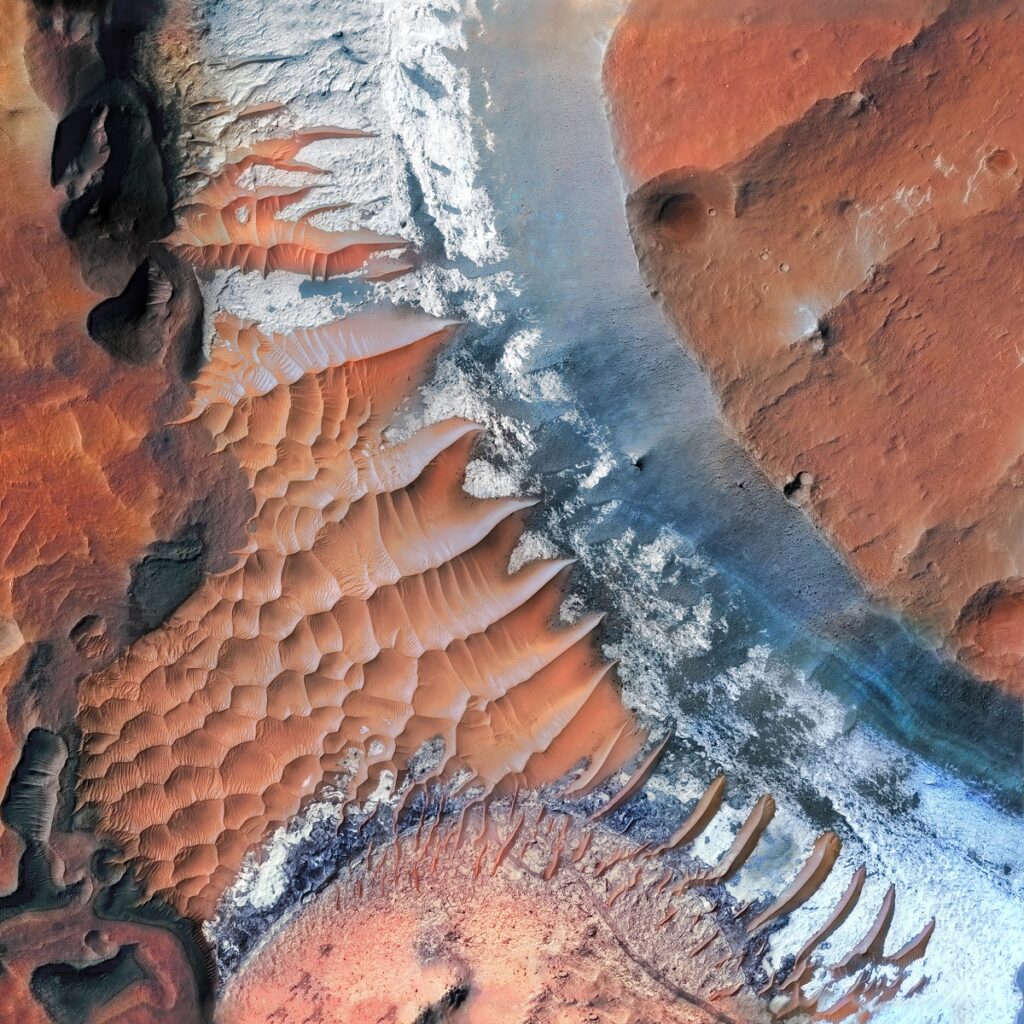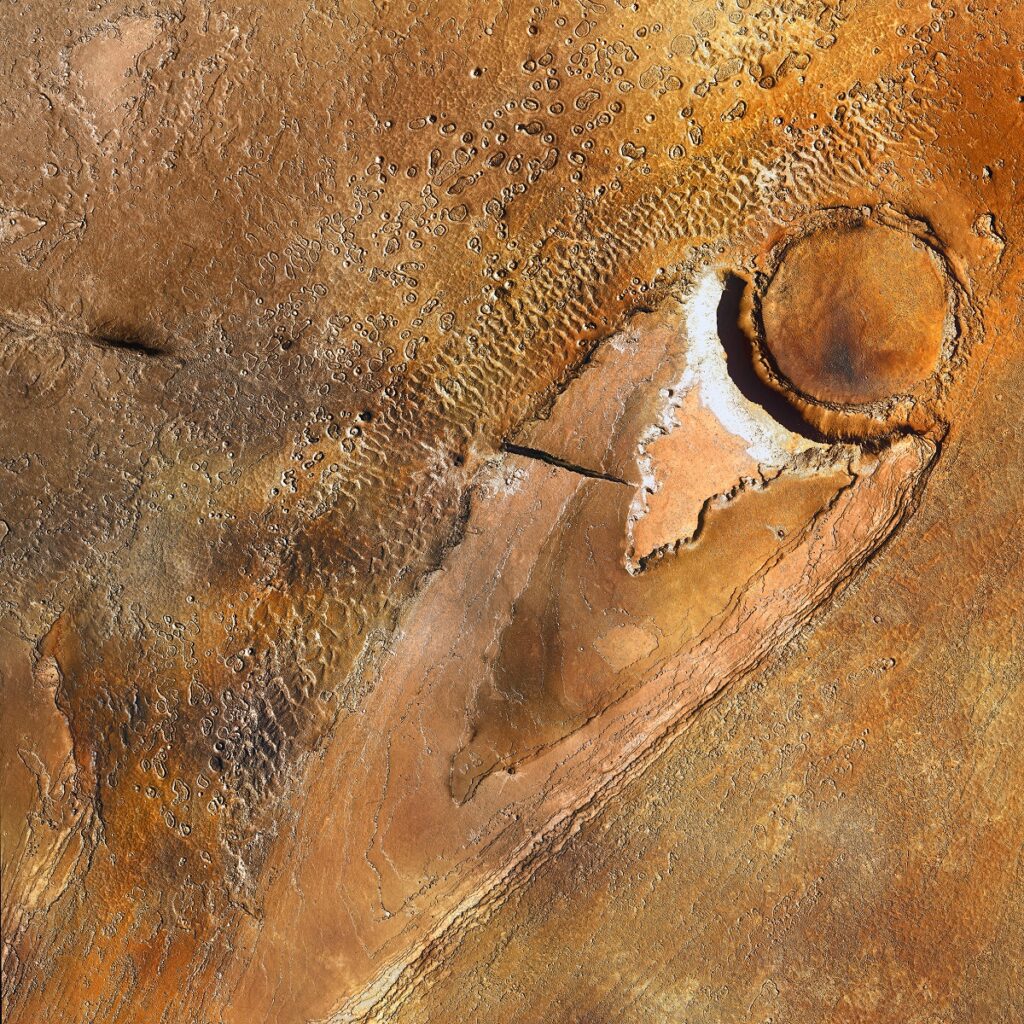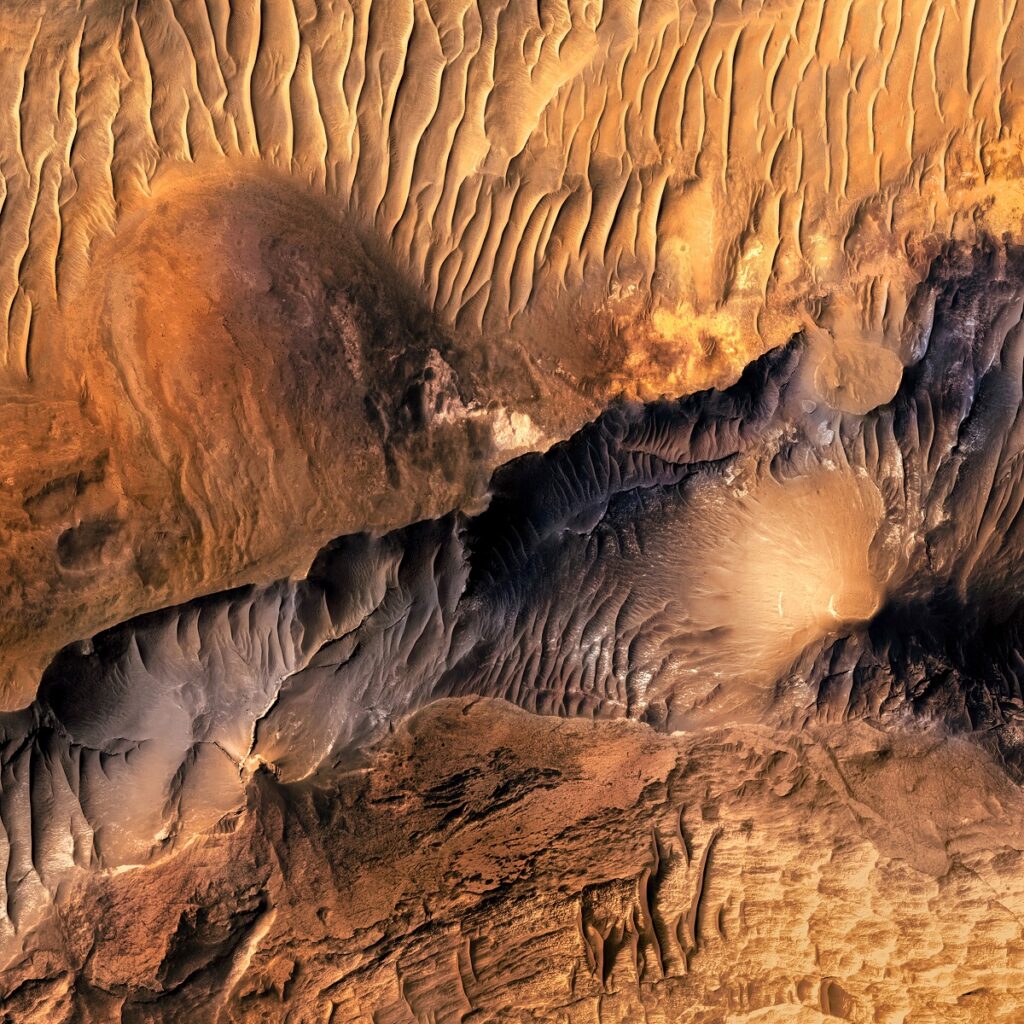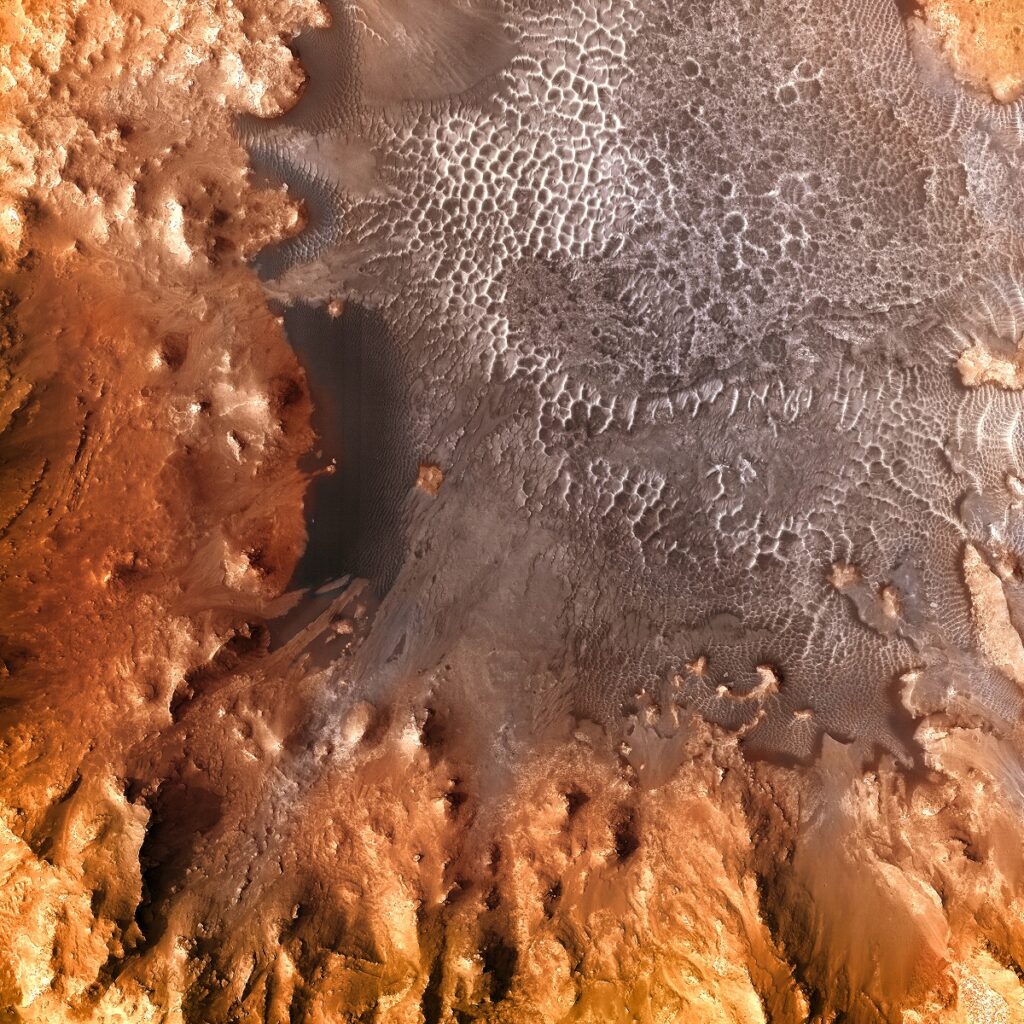Is Mars the Closest Planet to Earth?
Is Mars the Closest Planet to Earth?
WhiteClouds Builds 3D Marscapes and Canvas Prints
Is Mars the Closest Planet to Earth?
The notion that Mars is the closest planet to Earth is a common misconception, likely fueled by the prominence of Mars in popular culture and its importance as a target for space exploration. However, the actual closest planet to Earth varies depending on the positions of the planets in their respective orbits around the Sun.
Understanding Orbital Mechanics
Both Earth and Mars have elliptical orbits, and the distance between the two planets varies considerably over time. When Mars is at its closest approach to Earth, a point known as “opposition,” it can come as close as about 56 million kilometers (about 34.8 million miles). However, when Mars is on the opposite side of the Sun relative to Earth, the distance can be as much as 401 million kilometers (about 249 million miles).
Venus: The Generally Closer Neighbor
On average, Venus is the closest planet to Earth. Venus comes as close as 38 million kilometers (about 23.6 million miles) to Earth, making it the planet that approaches closest to us. Like Mars, the distance to Venus also varies due to the elliptical shapes of the planets’ orbits, but it remains the closest planet to Earth in terms of average and minimum distance.
Closest Planet at Any Given Time
If we’re speaking about the closest planet to Earth at any given instant, the answer could be different because of the constantly changing positions of planets in their orbits. Due to this dynamism, even Mercury or Mars could technically be the closest planet to Earth at specific times. A study published in 2019 even showed that Mercury is the closest planet to Earth, on average, when considering the overall architecture of the solar system and the positions of all planets over time.
Why Mars Draws Attention
Despite not being the closest planet, Mars has captured public imagination for being the “most Earth-like” planet in the solar system and the most promising candidate for future human colonization. Factors like its day length, polar ice caps, and evidence of ancient liquid water make it an attractive object of study.
Considerations for Space Missions
The varying distances between Earth and its neighboring planets have important implications for space missions. “Launch windows” are calculated for the most efficient transfers between planets, and these depend on the relative positions of Earth, the target planet, and the Sun.
More About Mars
Contact us today to learn more about our 3D services and how we can help you achieve your goals.
